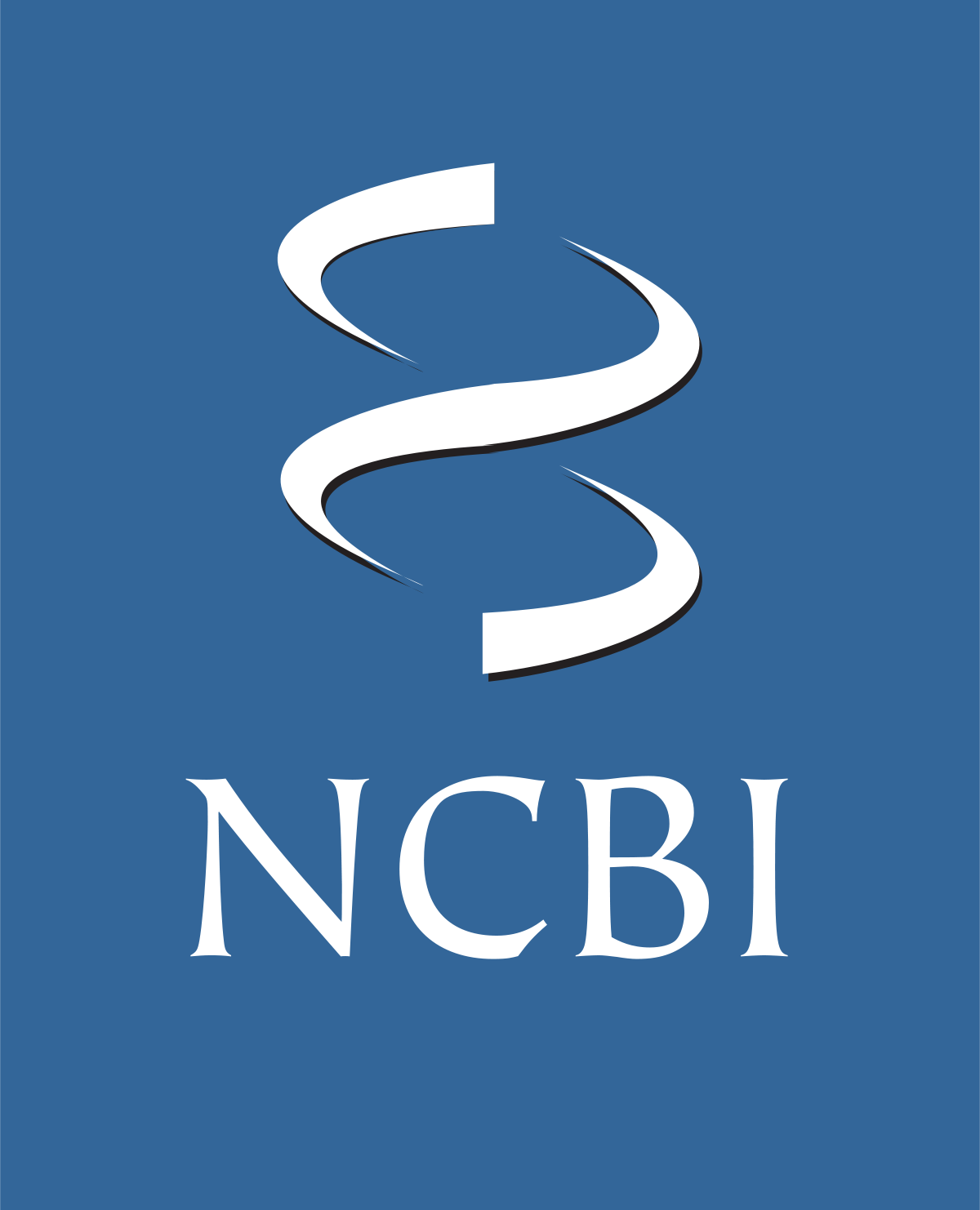Accession
MI0000791
Symbol
HGNC:
MIR383
Description
Homo sapiens
hsa-mir-383 precursor miRNA mir-383
Gene
family?
family?
RF00715;
mir-383
Summary
Caution, this is an AI generated summary based on literature. This may have errors. ?
MIR383 is a microRNA that has been identified as a potential biomarker for various diseases, including bovine mastitis, where it exhibits high sensitivity and specificity for differentiating between mastitis-positive and normal milk [PMC8532728]. In studies involving HepG2 and SMMC-7721 cells, MIR383 mimics were used to investigate its role in cellular processes such as glycolysis in hepatocellular carcinoma (HCC), where metabolic parameter differences were observed post-transfection [PMC5339660]. Additionally, MIR383 has been correlated with the expression of its target genes in different contexts [PMC3092095]. In the context of diet-induced obesity (DIO) in mice, MIR383 levels were found to be decreased in islets [PMC7236805], while MECP2 has been shown to suppress the maturation of several miRNAs including MIR383 in the hippocampus [PMC6647430]. Furthermore, MIR383 expression patterns have been studied during embryonic stem cell differentiation [PMC4240536], and its association with improved clinical outcomes has been reported in non-small cell lung cancer (NSCLC) patients [PMC5505543]. In cancer research, upregulation of MIR383 is suggested to suppress gastric cancer development by inhibiting cyclin E2 expression [PMC9608775], and it is also implicated as a diagnostic biomarker for head and neck cancers [PMC8446523].
Literature search

31 open access papers mention hsa-mir-383
(290 sentences)
(290 sentences)
Sequence
3282
reads,
94
reads per million, 34 experiments
cuccucAGAUCAGAAGGUGAUUGUGGCUuuggguggauauuaaucagccACAGCACUGCCUGGUCAGAaagag
(((.((.((((((..((((.((((((((...(((........)))))))))))))))..)))))).))..)))
(((.((.((((((..((((.((((((((...(((........)))))))))))))))..)))))).))..)))
Structure
-c A AA A uug gga cuc uc GAUCAG GGUG UUGUGGCU ggu u ||| || |||||| |||| |||||||| ||| gag AG CUGGUC UCAC GACAccga cua a aa A CG - --- auu
Annotation confidence
Not enough data
Do you think this miRNA is real?
Genome context
chr8: 14853438-14853510 [-]
Disease association
hsa-mir-383 is associated with one or more human diseases in the Human microRNA Disease Database
| Disease | Description | Category | PubMed ID |
|---|
Mature hsa-miR-383-5p
| Accession | MIMAT0000738 |
| Description | Homo sapiens hsa-miR-383-5p mature miRNA |
| Sequence | 7 - AGAUCAGAAGGUGAUUGUGGCU - 28 |
| Evidence |
experimental
cloned [2], Illumina [3] |
| Database links |



|
| Predicted targets |


|
Mature hsa-miR-383-3p
| Accession | MIMAT0026485 |
| Description | Homo sapiens hsa-miR-383-3p mature miRNA |
| Sequence | 50 - ACAGCACUGCCUGGUCAGA - 68 |
| Evidence |
experimental
Illumina [3] |
References
|



